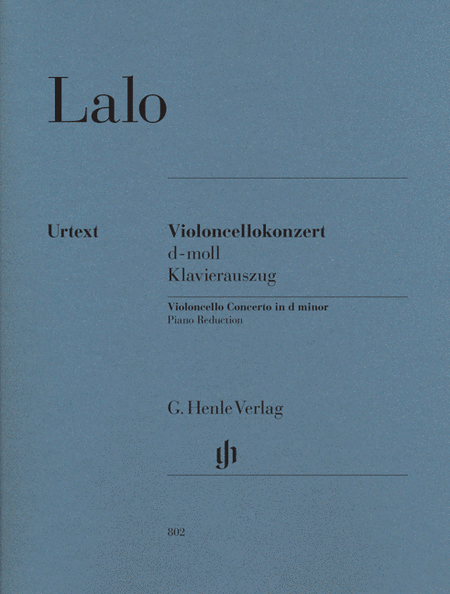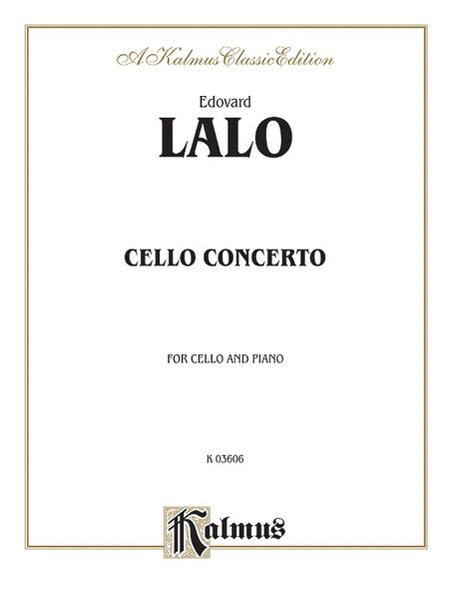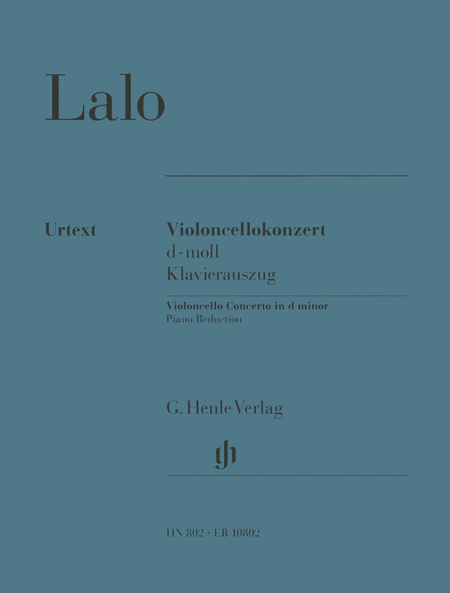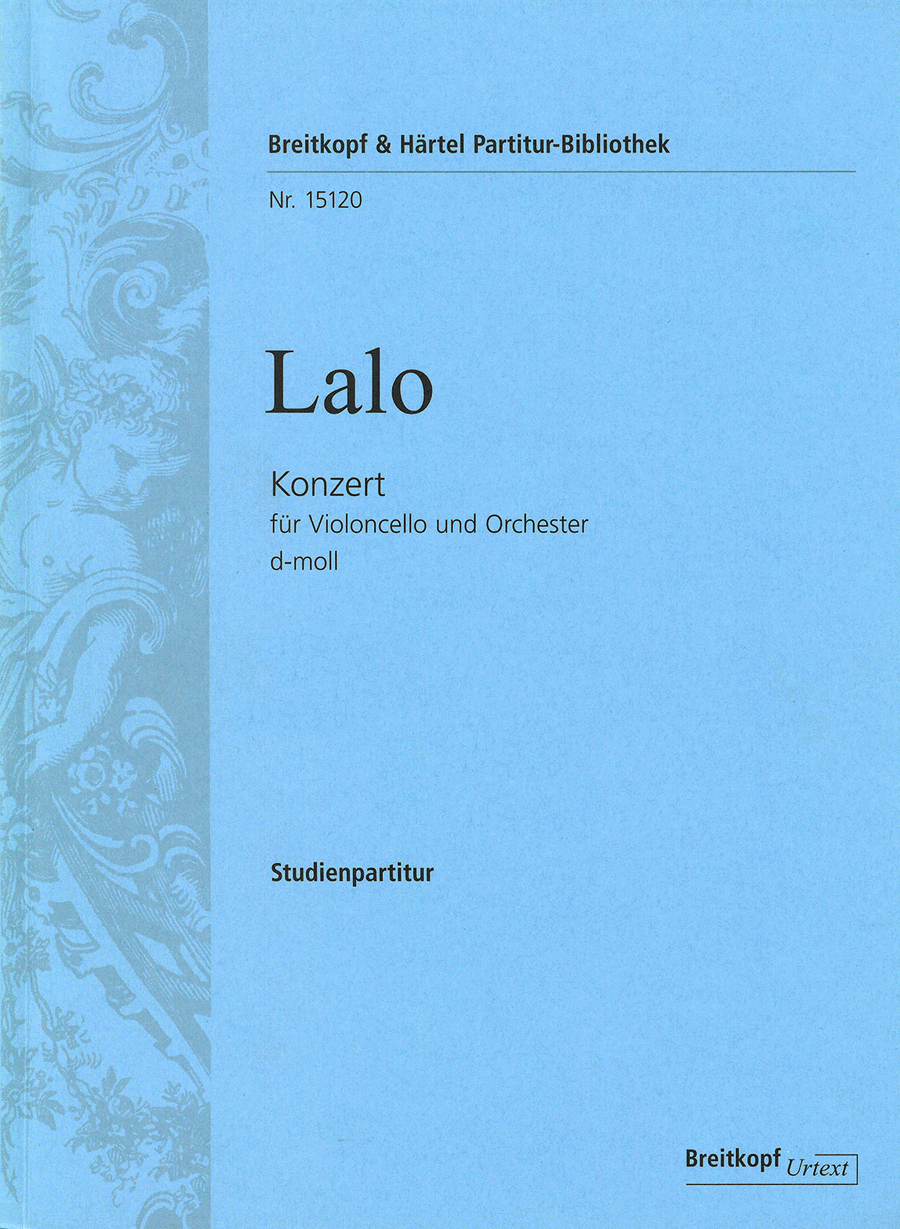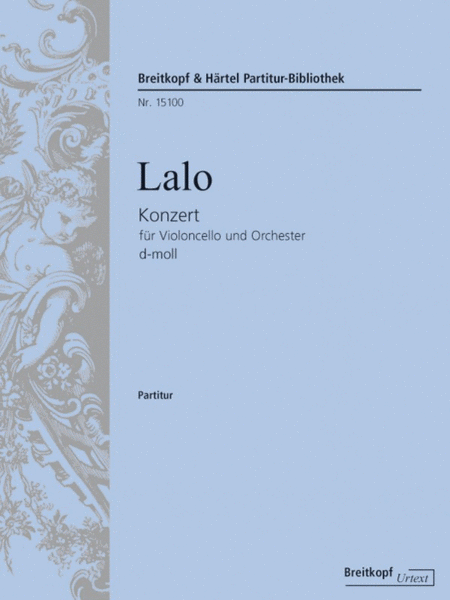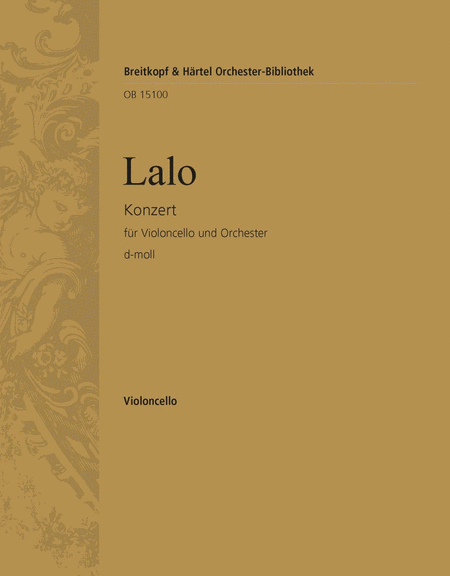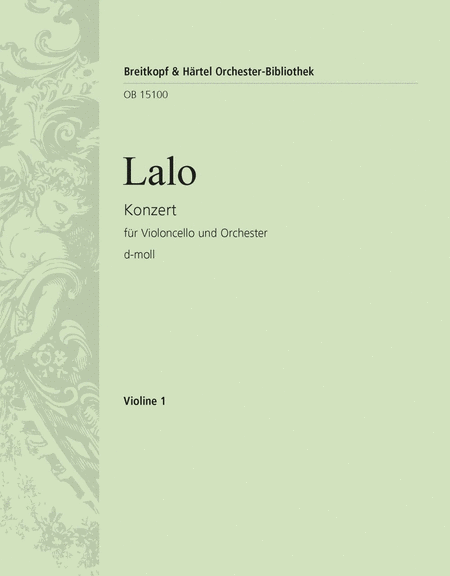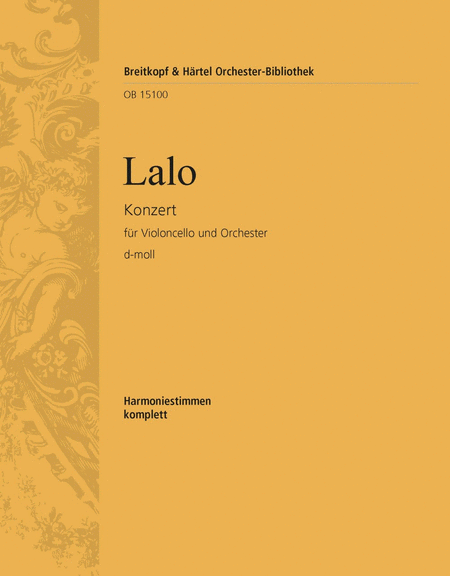Edouard Lalo (1823 - 1892)

Édouard-Victoire-Antoine Lalo (January 27, 1823 ? April 22, 1892) was a French composer of Spanish descent. Édouard Lalo was born in Lille (Nord), in northernmost France. He attended that city's music conservatory in his youth. Then, beginning at a ... (Read all)
Source : Wikipedia

Édouard-Victoire-Antoine Lalo (January 27, 1823 ? April 22, 1892) was a French composer of Spanish descent. Édouard Lalo was born in Lille (Nord), in northernmost France. He attended that city's music conservatory in his youth. Then, beginning at a ... (Read all)
Source : Wikipedia
Free sheet music of Edouard LaloCello Concerto
1 sheets found sorted by:
Search
| ||||||||||||||||||||||||||||||||||||||||
© 2000 - 2024
Home - New releases - Composers
Legal notice - Full version



